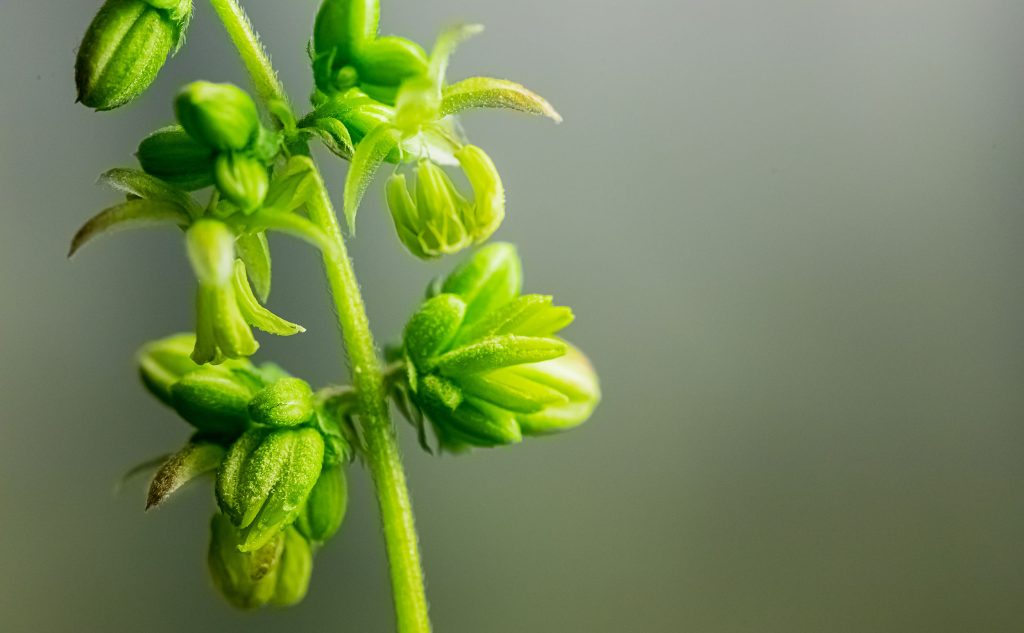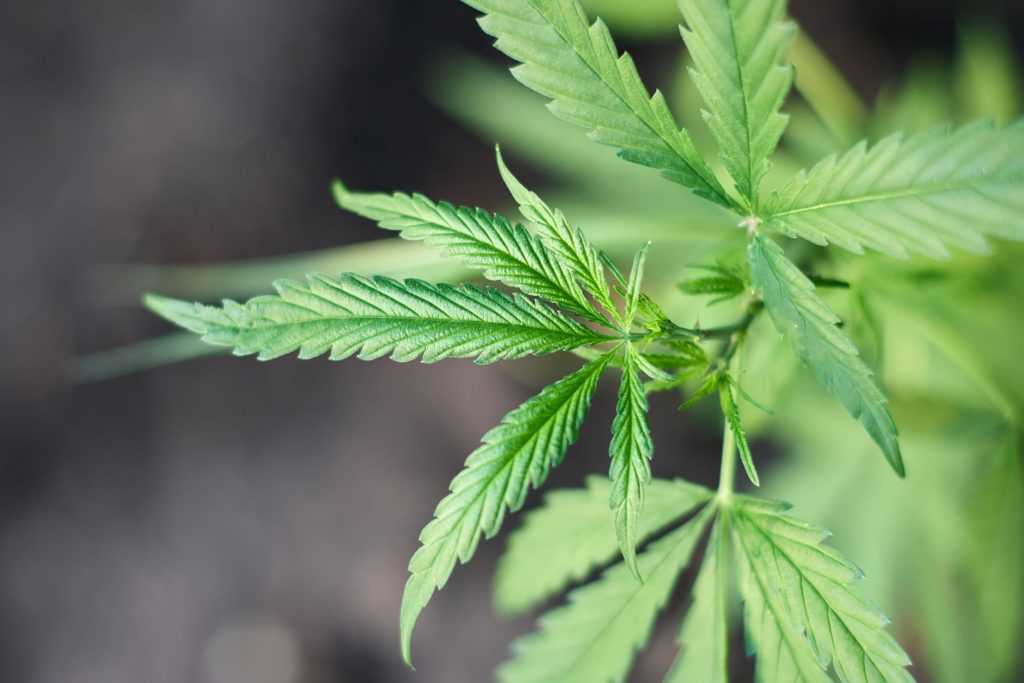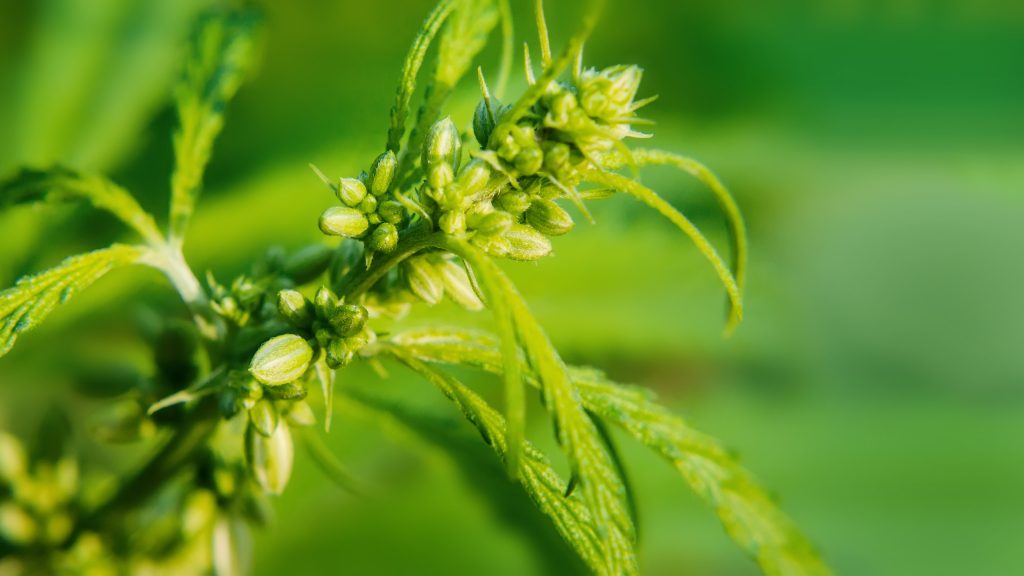
Introduction
Cannabis breeding, a cornerstone in the cultivation of this versatile plant, is a meticulous and fascinating process that holds immense significance in the world of horticulture and beyond. At its core, cannabis breeding involves the selective crossing of different strains to produce new varieties with specific desired traits. This technique is not just about creating new flavors or higher potency; it’s a sophisticated art form that taps into the genetic blueprint of cannabis to enhance its medicinal properties, adaptability to various climates, and overall quality. The implications of successful breeding are far-reaching, offering potential breakthroughs in medical research, agricultural practices, and consumer experiences. As we delve into the nuances of cannabis genetics, we uncover an intricate dance of science and nature, a pursuit that has revolutionized the way we view and utilize this ancient yet ever-evolving plant.
Purpose
Breeding cannabis is a vital endeavor that serves a pivotal role in evolving the plant’s diverse characteristics, catering to both recreational and medicinal needs. The primary objective of breeding is to develop new strains that manifest specific, desirable traits such as enhanced potency, distinct flavor profiles, or targeted medicinal benefits. By carefully selecting and crossbreeding plants with favorable genetics, breeders can produce strains that not only offer a variety of sensory experiences for consumers but also address specific health conditions more effectively. This selective breeding process is essential for advancing the therapeutic potential of cannabis, enabling the creation of specialized strains that can alleviate pain, reduce anxiety, or aid in treating other health issues. Moreover, it allows for the customization of cannabis products to meet evolving consumer preferences and market trends, thereby driving innovation and diversity within the industry.
Understanding Cannabis Genetics
Basic Genetics
Fundamentals of Genetics in Cannabis: The science of genetics is fundamental to understanding cannabis cultivation and breeding. In cannabis, just like in other organisms, genetics are made up of DNA, which determines the plant’s characteristics, or traits. There are two key concepts here: genotypes and phenotypes. The genotype is the genetic blueprint of the plant; it’s a set of genes inherited from both parent strains. These genes carry the potential for various traits such as growth habit, cannabinoid content, coloration, and disease resistance. The phenotype, on the other hand, is the actual physical and biochemical manifestation of the genotype, influenced both by the plant’s genetics and its environment. For example, two plants with the same genotype can develop different phenotypes if they’re grown in different environments. Understanding these concepts is crucial for breeders who aim to manipulate and combine genetic traits to create new cannabis strains.
Importance of Strain Selection
Crucial Role of Parent Strains in Breeding: The selection of parent strains is one of the most crucial steps in the cannabis breeding process. This is because the traits of the offspring – the new cannabis strain – are determined by the genetic material inherited from the parent strains. Breeders must have a clear goal or set of traits they wish to achieve in the new strain, such as specific cannabinoid profiles (like THC or CBD levels), terpene profiles (which influence aroma and flavor), yield size, growth time, or resistance to pests and diseases. By carefully choosing parent strains that possess desirable traits, breeders can increase their chances of producing offspring that exhibit these traits. However, genetics can be unpredictable, and it often takes several generations of selective breeding to stabilize desired traits in a new cannabis strain. This meticulous process of strain selection and breeding underscores the art and science behind creating the vast array of cannabis strains available today.

The Breeding Process
Choosing Parent Plants
The process of breeding cannabis begins with the careful selection of male and female parent plants. This decision is crucial as the combination of these plants’ genetics will determine the traits of the offspring. When selecting male plants, breeders look for vigor, growth patterns, and pollen production, as these factors can influence the quality and characteristics of the seeds produced. Female plants are chosen based on desired traits such as cannabinoid content, terpene profiles, yield, and resilience to environmental stresses. The goal is to match male and female plants whose combined genetics will most likely produce the desired characteristics in their offspring.
Controlled Pollination
Once the parent plants are selected, the next step is controlled pollination. This is a delicate process where pollen from the male plant is carefully introduced to the female plant. Controlled pollination allows breeders to ensure that the female plants are fertilized by the desired male plant only, avoiding any unwanted genetic mixing. Techniques for controlled pollination can vary from manually applying pollen to female flowers using a brush or directly shaking the male plant over the female, to more sophisticated methods in controlled environments.
Harvesting Seeds
After pollination, the focus shifts to the female plants as they develop seeds. Harvesting seeds at the right time is critical for ensuring their viability. Seeds are typically ready when they reach full maturity, indicated by a hard outer shell and a dark, sometimes striped, color. The timing of seed harvest varies and requires close monitoring of the plants. Once harvested, seeds need to be carefully dried and stored under optimal conditions to maintain their germination potential.
Isolating Desired Traits
The final and ongoing phase in the breeding process is isolating and stabilizing the desired traits in the offspring. This involves growing a number of plants from the harvested seeds and observing their development to identify those that best express the targeted characteristics. This selection process, often referred to as pheno-hunting, may be repeated across several generations to stabilize certain traits in the new strain. Breeders look for plants that not only exhibit desirable features but also show overall vigor and health, as these are indicative of the strain’s quality and potential for successful cultivation.
Advanced Breeding Techniques
Hybridization
Hybridization is a fundamental technique in cannabis breeding where two different strains are crossed to produce a new hybrid. This method combines the genetic material of both parent plants, potentially bringing together the best traits of each. Hybrids are significant in the cannabis world as they can exhibit a blend of characteristics from both Indica and Sativa strains, for example, offering unique combinations of effects, flavors, and medicinal benefits. Hybridization can also result in plants that are more resilient and adaptable to various growing conditions than their purebred counterparts. This technique has led to the creation of a diverse array of strains, each with its unique profile, catering to a wide range of consumer preferences and needs.
Backcrossing
Backcrossing is a specialized breeding technique used to stabilize a desired trait in a cannabis strain. It involves crossing a hybrid plant back with one of its original parent strains, usually the one with the desired characteristic. This method is repeated over several generations, increasing the likelihood that the offspring will consistently exhibit the targeted trait. Backcrossing is crucial for breeders who aim to solidify a specific feature in a strain, such as a particular level of THC or CBD, or resistance to certain environmental stressors. It helps in achieving uniformity and predictability in the traits of cannabis strains, which is especially important for medical cannabis users who rely on consistent effects.
Phenotype Hunting
Phenotype hunting is the process of growing multiple plants from the same set of seeds and selecting the best individual plant that exhibits the desired characteristics. This technique is integral to finding the ‘perfect’ expression of a strain’s genetic potential. In this process, each plant grown from the seeds is observed for its unique expression of traits like growth pattern, cannabinoid content, and resilience. The chosen phenotype, which best represents the desired attributes, may then be used for further breeding or cloning. This method allows breeders to refine cannabis strains to a high degree, ensuring the best qualities are carried forward and amplified in future generations.
Genetic Stability
One of the major challenges in cannabis breeding is achieving and maintaining genetic stability in new strains. When creating new cannabis varieties, particularly through hybridization, there is often a significant variation in how traits are expressed across different plants and generations. This variability can make it difficult to produce a consistent product, which is especially crucial for medical cannabis users who rely on specific cannabinoid profiles for treatment. Stabilizing these traits often requires many generations of selective breeding, a process that can be both time-consuming and resource-intensive. Breeders must carefully balance the desire to introduce new and exciting traits with the need to ensure that these traits are reliably expressed in the plant’s progeny. This ongoing challenge requires a deep understanding of cannabis genetics and a meticulous approach to breeding.
Market Demand
Another significant challenge facing cannabis breeders is the pressure to keep up with rapidly changing market trends and consumer preferences. As the cannabis industry grows and evolves, so too do the tastes and demands of consumers. Breeding new strains that capture the latest trends, such as unique flavor profiles or specific cannabinoid and terpene compositions, requires not only creativity but also a keen sense of the market. Additionally, the rising competition in the cannabis market means breeders must continuously innovate to create strains that stand out. This pressure can lead to a focus on certain popular traits at the expense of others, potentially reducing the genetic diversity of commercially available cannabis strains. Breeders must navigate these market demands while also maintaining the quality, consistency, and diversity of their strains.
Future of Cannabis Breeding
The future of cannabis breeding is poised at the exciting intersection of technological advancement and growing societal acceptance. As research into cannabis genetics deepens, we can anticipate a surge in innovations, particularly in the areas of genetic mapping and biotechnology. These advancements will enable breeders to understand and manipulate cannabis genetics with greater precision, leading to the creation of strains with highly specific traits. For instance, we might see strains designed for particular medical conditions, offering targeted therapeutic benefits. Moreover, the integration of technologies like CRISPR gene editing could revolutionize cannabis breeding, allowing for the development of strains that would be impossible through traditional breeding methods.
Sustainability will also become a key focus. As environmental concerns grow, breeding strains that require fewer resources and are more resilient to climate change will be paramount. This includes strains that are more resistant to pests and diseases, reducing the need for chemical interventions in cultivation.

Encouragement for Aspiring Breeders
For those aspiring to enter the world of cannabis breeding, there has never been a more exciting or opportune time. The field is ripe for innovation and creative exploration. Aspiring breeders should embrace the challenges and complexities of cannabis genetics with curiosity and determination. The journey of a cannabis breeder is one of both scientific endeavor and artistic expression. It’s a path that requires patience, continual learning, and a deep appreciation for the plant.
New breeders should seek out knowledge from various sources – from traditional cultivation practices to the latest scientific research. Building a strong foundation in genetics, horticulture, and the legal landscape of cannabis is crucial. Remember, every renowned breeder started as a novice, learning through trial and error. The future of cannabis breeding will be shaped by those who dare to experiment, innovate, and share their discoveries with the world. Your contributions, no matter how small they may seem at the start, have the potential to make a significant impact in this ever-evolving field.
How useful was this post?
Click on a star to rate it!
Average rating / 5. Vote count:
No votes so far! Be the first to rate this post.
Author
-
Thom Thatsanaphon is a figure in the cannabis cultivation industry with a rich background spanning over 24 years. His journey began in the legacy market, where he honed his skills and knowledge in cannabis cultivation. Throughout his career in this field, Thom has demonstrated a deep understanding and passion for the art and science of growing cannabis. In recent years, Thom took on the role of Head of Cultivation at a facility based in Illinois. This position allowed him to apply his extensive experience and insights into managing large-scale cannabis cultivation operations. His leadership in this role has been marked by an emphasis on quality, innovation, and sustainable practices, which are crucial in the highly competitive and evolving cannabis industry. Currently, Thom is channeling his expertise into the pursuit of breeding top-tier genetics. This new phase of his career focuses on developing high-quality cannabis strains with superior traits such as potency, aroma, flavor, and medicinal properties. His work in breeding is not just about creating commercially viable strains, but also about pushing the boundaries of cannabis genetics to achieve new levels of excellence. Thom's dedication to the field is not only evident in his professional achievements but also in his commitment to staying abreast of the latest trends, technologies, and scientific advancements in cannabis cultivation and genetics. His deep understanding of the plant, combined with a forward-thinking approach, positions him as a significant influencer and innovator in the cannabis industry.
View all posts







